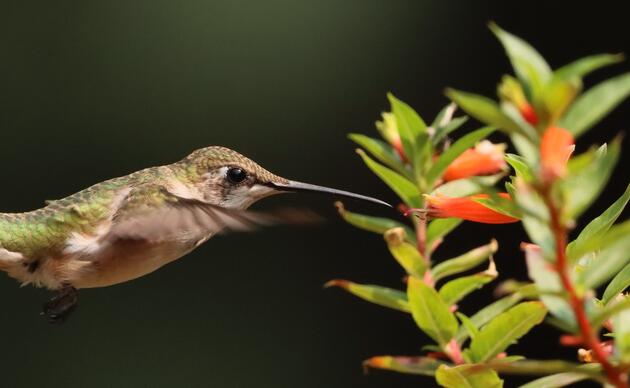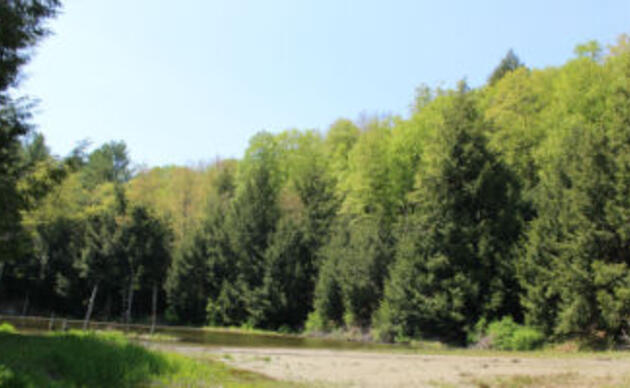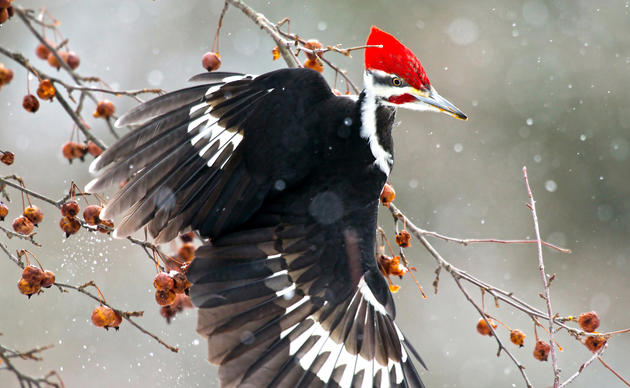Beginning in early December, Audubon Vermont will begin an exciting forest improvement project at the Green Mountain Audubon Center (GMAC) in Huntington. The project will focus on a 1.8-acre stand of aging White Pines near the Visitor Center on Sherman Hollow Road. These trees, all roughly the same age, have begun to show signs of decline and many have fallen in recent windstorms. The intention of the harvest is to transition this area from an even-aged, older forest toward a younger, more diverse and resilient forest. We will be leaving a large section of the White Pine Forest untouched which will help us create a mosaic of forest types at the Center. Ultimately, this project will enhance forest health and resilience, provide hands-on training for young professionals, and remove trees that could pose future safety risks along the trail.
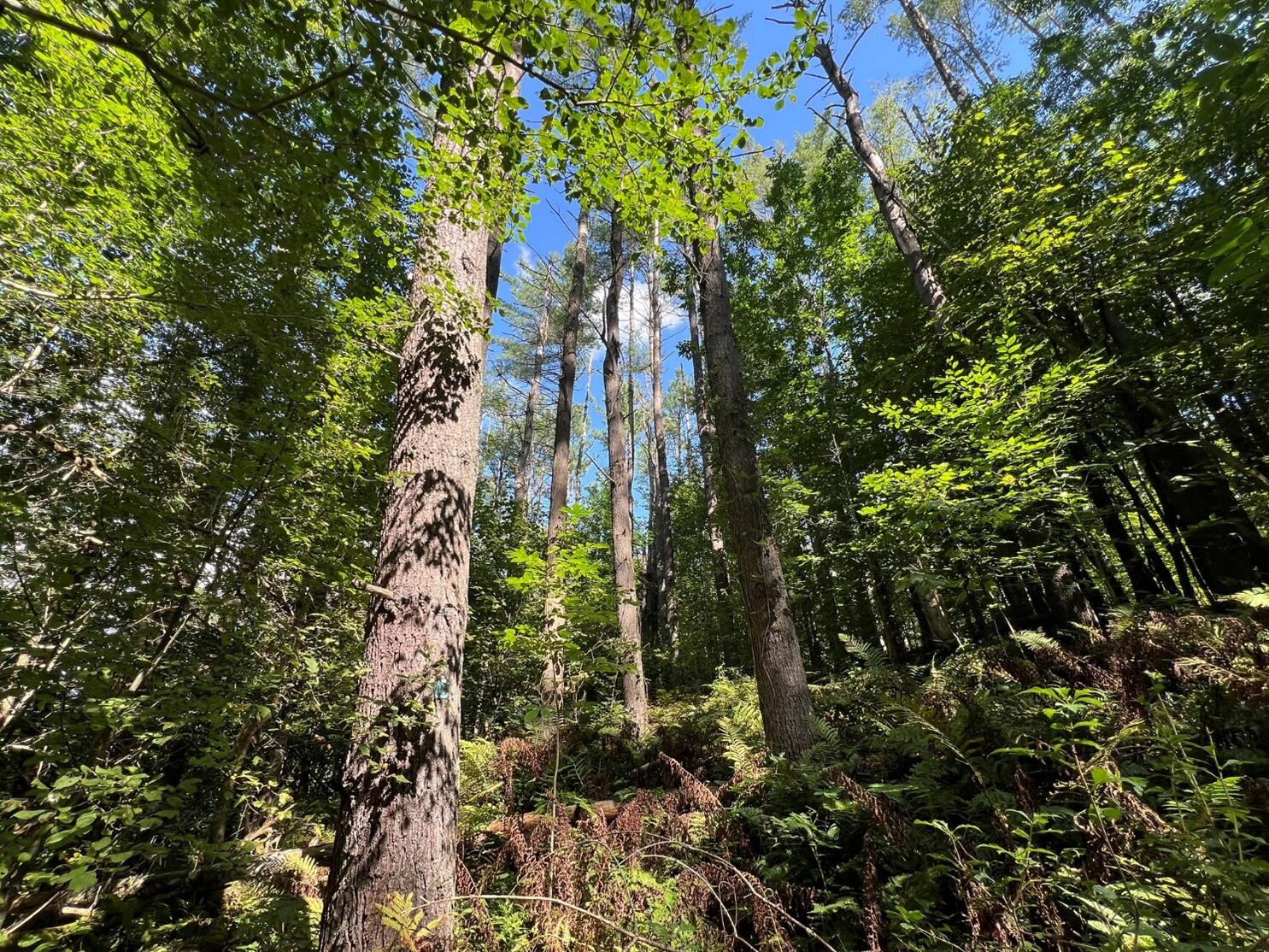
Why Young Forests Are Important
We would like to create more young forest at the Audubon Center because it will attract and support a variety of birds and other wildlife that rely on young forests to survive. Areas of young forest provide dense cover, abundant food, and excellent nesting habitat for a wide range of wildlife. Birds like the Ruffed Grouse, Chestnut-sided Warblers, and White-throated Sparrows thrive in young forests. Young forests also benefit mammals like Eastern Cottontails and White-Tailed Deer, and pollinators love the explosion of wildflowers and shrubs that come with new growth. By encouraging new growth, we’re helping to promote a richer, healthier habitat.
When the harvest is completed, the area will look messy, but that’s to be expected. We’ll leave the felled pine trees on the forest floor to create what's refered to as coarse woody material, which provides food and shelter for insects, amphibians, small mammals and ground-foraging birds. Woody material on the forest floor also helps keep deer from over-browsing new growth, giving tender seedlings the chance to grow and become established. As sunlight floods the forest floor, we’ll soon see young trees, and brambles like blackberries and raspberries springing up! These plants will provide food and shelter for many species and mark the beginning of a vibrant young forest.
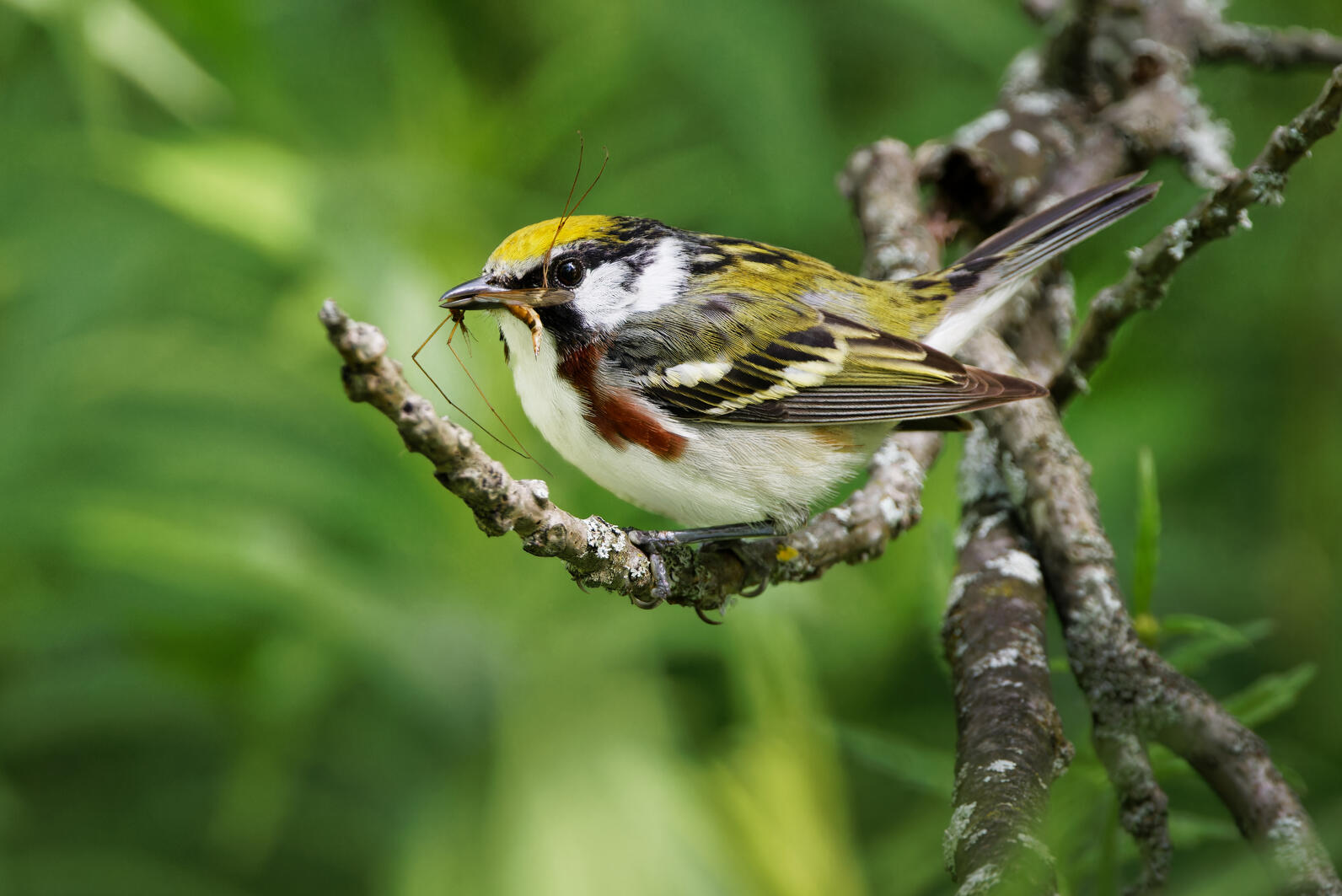
Incorporating Workforce Development
Another exciting aspect of this project is that we will be working in partnership with one of our Serve Learn Earn partners, the Vermont Youth Conservation Corps (VYCC). VYCC will provide a Forestry Pro Crew to conduct the timber harvest. The Forestry Pro Crew is made up of young adults gaining hands-on, technical experience in forestry. They will carry out the harvest under the guidance of Audubon’s conservation biologists and forester. Together, they’ll combine technical forestry skills with conservation education, learning not just how to physically manage forests, but why this kind of habitat work matters for birds and biodiversity.
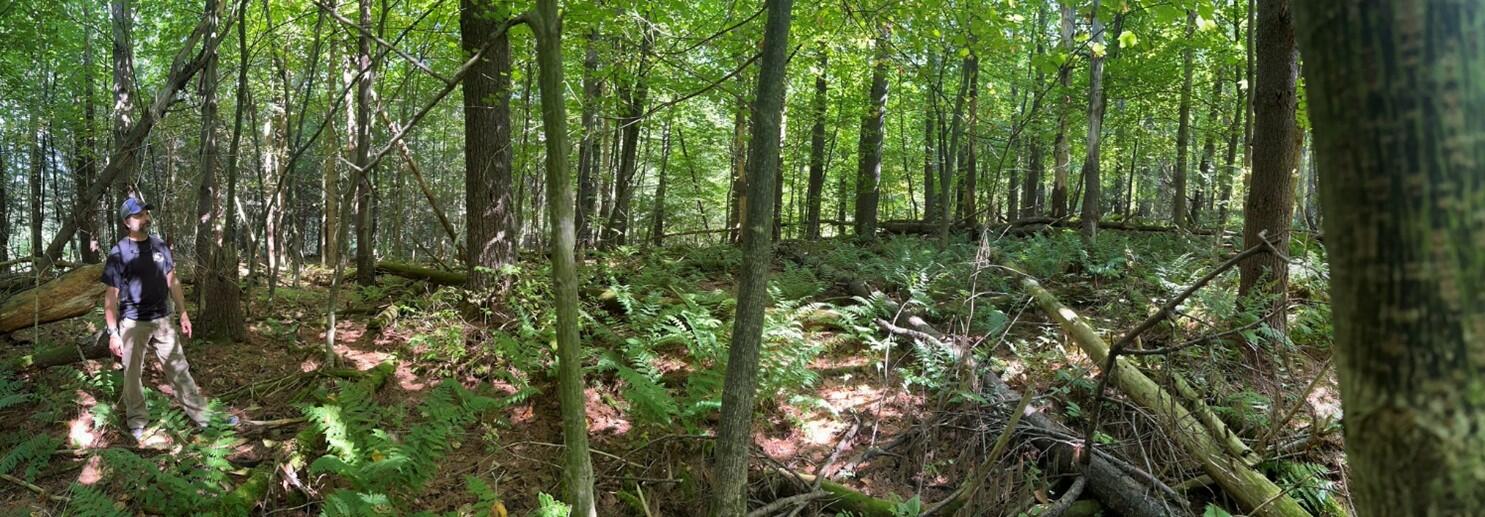
Trails, Monitoring, and How You Can Help
During the harvest, which is expected to take one to two weeks, the popular White Pine Trail will be temporarily closed. Visitors can use an alternate route to explore the property. Once the project is complete, the trail will reopen, offering a cool opportunity to see forest regeneration up close, in action.
We’ll also be developing a bird monitoring program to track how the new habitat supports wildlife over time, and you can take part! Join our monthly, free bird monitoring walks or log your bird sightings from the harvest area into eBird, a global bird observation database.
Learn More and Get Involved
Curious to learn more? Join us for a Creating Young Forest Workshop on November 15, from 10–11AM at GMAC. One of Audubon’s Conservation Biologists will lead a guided walk to the harvest site, sharing insights about forest health, habitat diversity, and what to expect as the new forest takes shape. Participants will have plenty of time for questions and are encouraged to visit the site again after the harvest to witness the transformation firsthand.
We’ll be sharing regular updates, photos, and stories about the project on Instagram and Facebook, so be sure to follow along as the forest regenerates.
This Young Forest Project is made possible by a generous grant from the Daybreak Fund.





